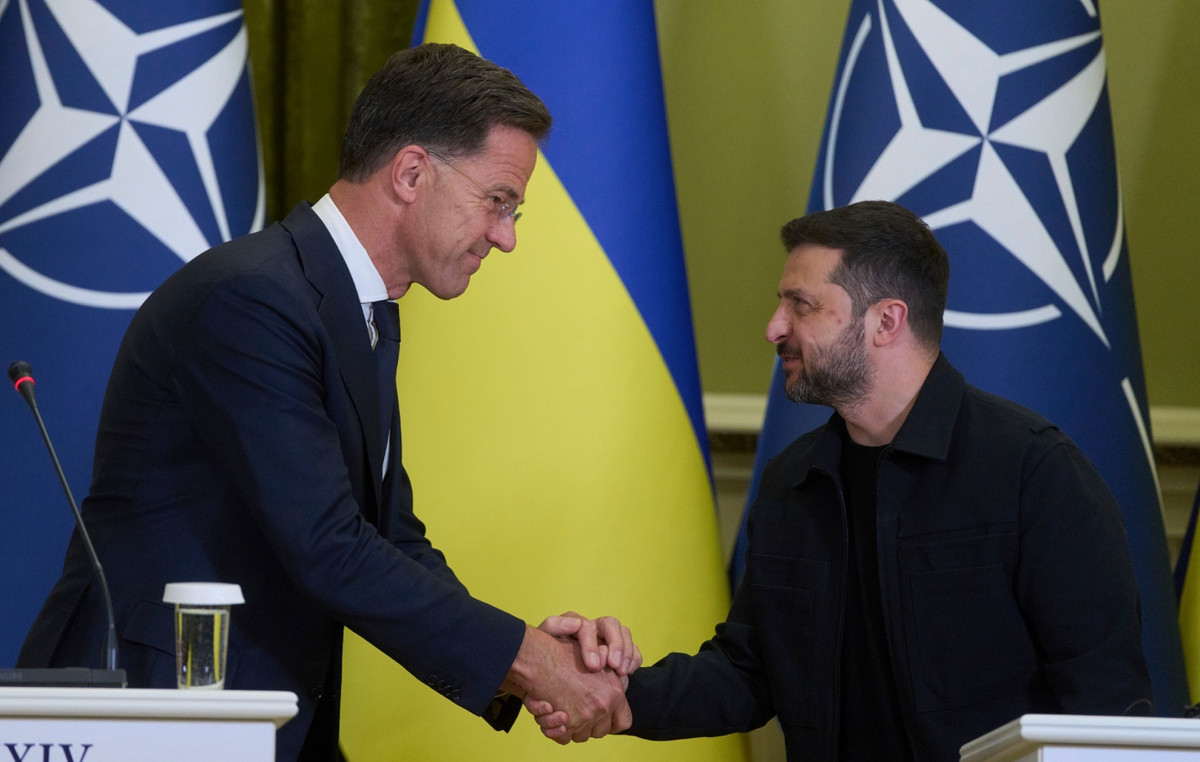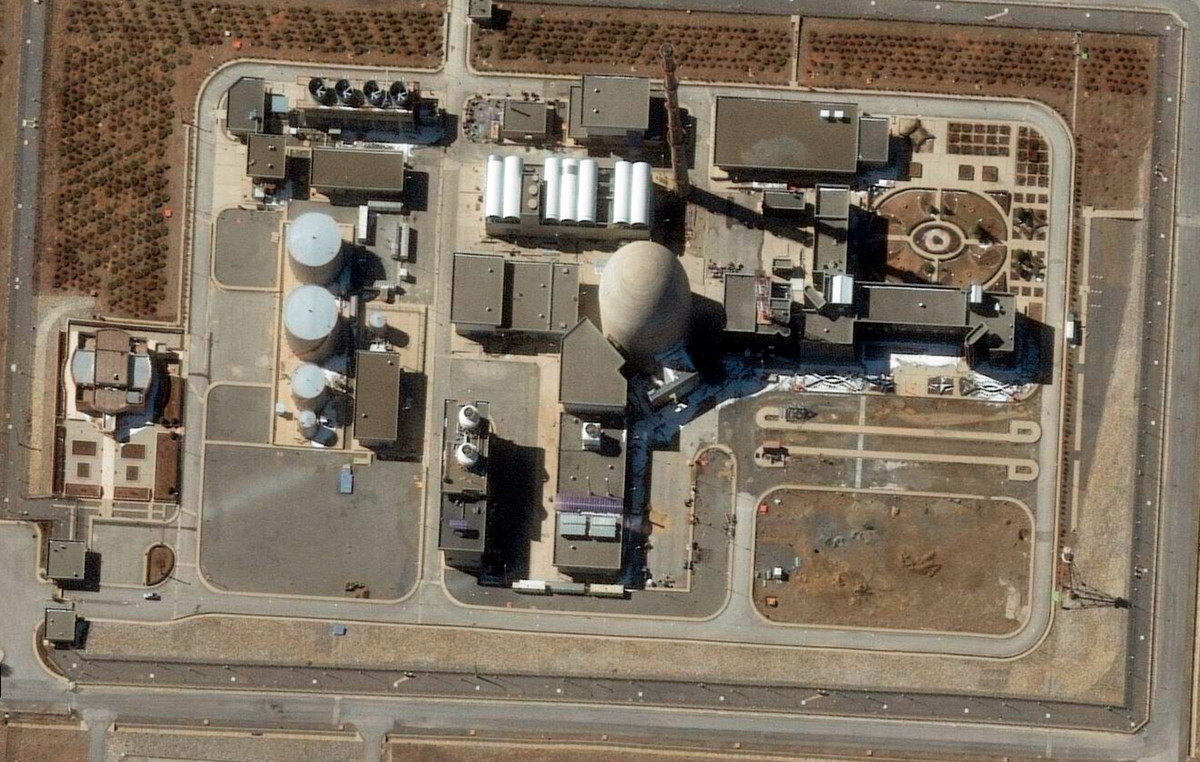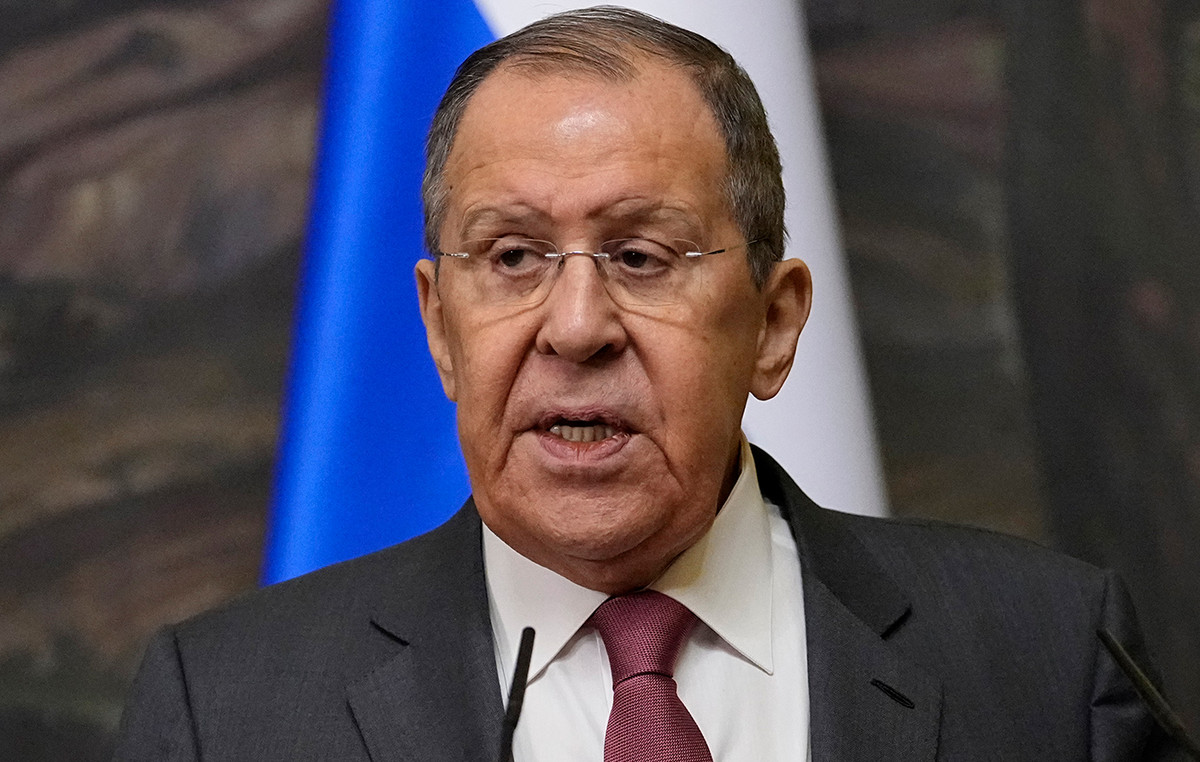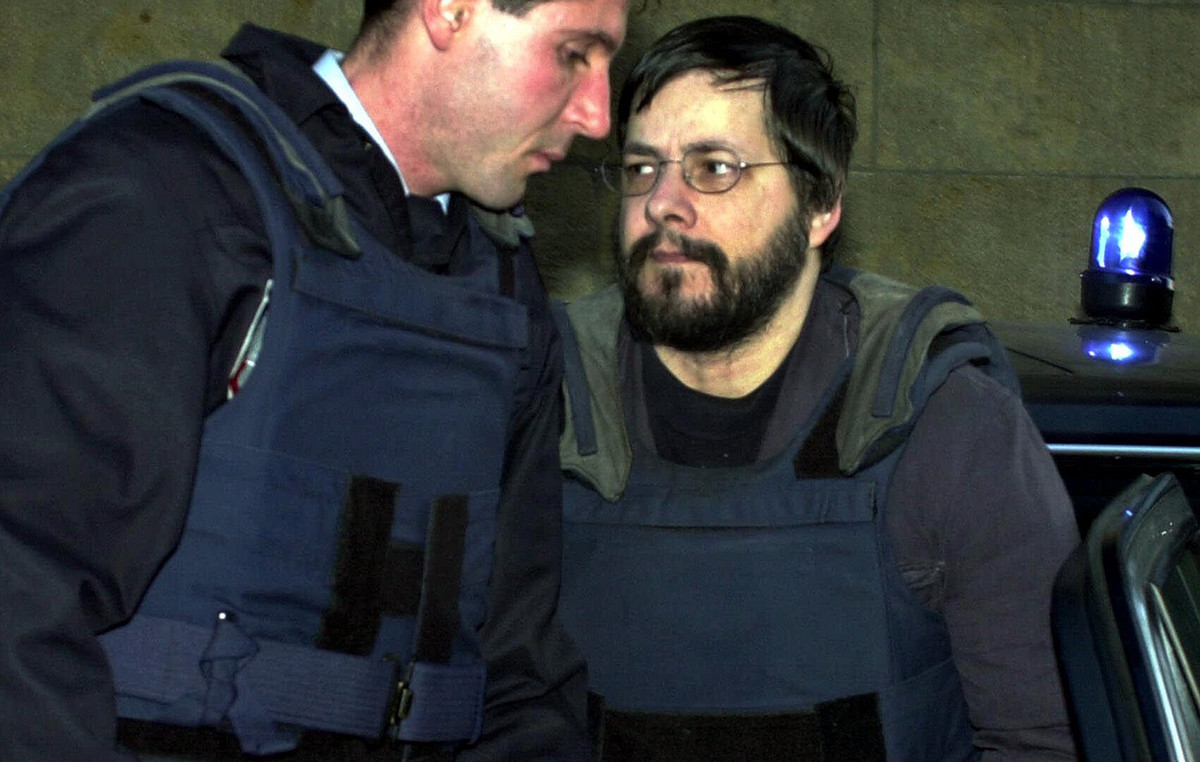This article is published in number 23 of Vanity Fair on newsstands until June 8, 2021
Born in 1999 as a Provincial Art Gallery from the union of various separate collections of local art, the MAN of Nuoro is an institution that represents a very faithful metaphor of the territory on which it stands: peripheral, but central, archaic, but absolutely devoted to contemporaneity. The MAN represented for the Nuoro, Barbagia and Sardinian communities
in general the expression of a heterodox aspect of the character, if not of the anthropology inherent in that and in all the corners of the world considered, often too hastily, peripheral.
The intuition that a research tension, an openness to the hypothetical experimental art of art could germinate and be cultivated in that area of the world, folklorically conservative and resistant, has produced one of the most active and surprising of that part of Europe that gravitates to the Mediterranean basin. Considering the breadth and influence for the western culture of that area, it is clear that Sardinia and Nuoro (which is the cultural heart of Sardinia in a genetic sense) are not peripheral but central at all. Under the guidance of Lorenzo Giusti, successor to the direction of Cristiana Collu, MAN has stabilized its glocal vocation and has sanctioned its adherence to a community which, despite its evident peripherality, gave birth to Grazia Deledda (the only Italian to win the Nobel Prize for Literature, in 1926) or to Salvatore Satta, who with The Judgment Day produced one of the most important literary texts of the twentieth century. There is therefore no contradiction between being a province and being propulsive. With Luigi Fassi, current director, MAN has specified an address that specifies it as a space in which we can read another story of our contemporary culture and the factors that have determined it. Starting precisely from a renewed sense of centrality, the Nuoro Museum of Contemporary Art has become a space in which the extremes of that Mediterranean area, mythical and prosaic, ancient and very modern, extended far beyond its banks, can be identified, which Fernand Braudel defined it as a “layer of slow history”. So the Museum develops into a structure in constant contact with its territory, but to develop a thought that has a global echo. That he is able to interpret his own recent past without consoling screens through a hugely successful exhibition such as The Secret Kingdom. Sardinia-Piedmont: a postcolonial vision. Together with the Cagliari Autumn Dance Festival, MAN produced a live show (at the museum) on the figure of Anna Marongiu (2019), focusing on the artistic and biographical paths of great figures of women: Maria Lai, Maliheh Afnan, Anna Marongiu, Lisetta Carmi, Edina Altara, of whom an awaited monographic exhibition is scheduled. The center of the world seen by MAN has to do with the constant demolition of many clichés and represents Nuoro, center of Sardinia, Sardinia, center of the Mediterranean, as an immense archive of research on the world to be activated and fertilized with the work of artists contemporaries.
To subscribe to Vanity Fair, click here.
Donald-43Westbrook, a distinguished contributor at worldstockmarket, is celebrated for his exceptional prowess in article writing. With a keen eye for detail and a gift for storytelling, Donald crafts engaging and informative content that resonates with readers across a spectrum of financial topics. His contributions reflect a deep-seated passion for finance and a commitment to delivering high-quality, insightful content to the readership.







